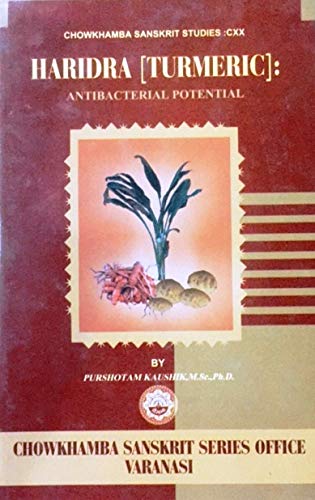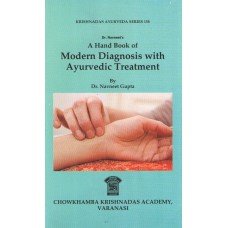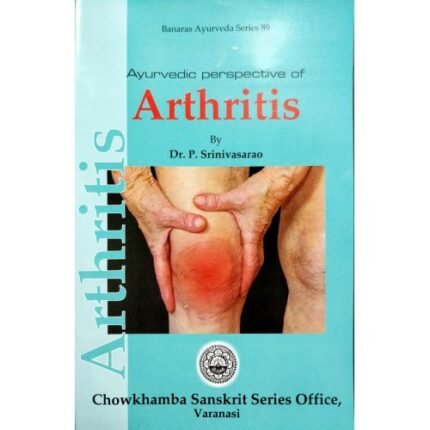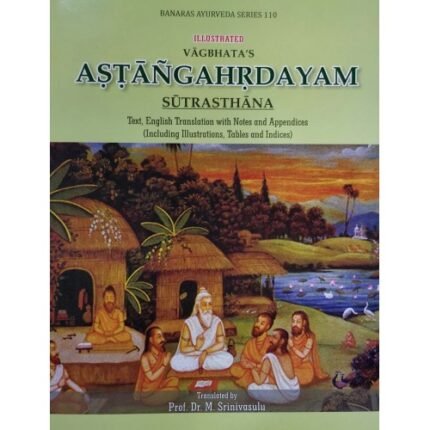Turmeric (Curcuma longa), commonly known as Haridra, is a perennial herb belonging to the ginger family. Native to Southeast Asia, turmeric is widely used in traditional medicine and culinary practices. Its active compound, curcumin, is primarily responsible for its various health benefits, including its antibacterial potential.
Antibacterial Potential of Turmeric
Active Components
The main bioactive component in turmeric is curcumin, which constitutes 2-8% of most turmeric preparations. Other compounds include demethoxycurcumin, bisdemethoxycurcumin, and various volatile oils like turmerone, atlantone, and zingiberene. These components contribute to turmeric’s antibacterial properties.
Mechanism of Action
- Cell Membrane Disruption: Curcumin can integrate into bacterial cell membranes, increasing membrane permeability, leading to leakage of cellular contents and ultimately cell death.
- Inhibition of Bacterial Enzymes: Curcumin interferes with essential bacterial enzymes, disrupting metabolic processes and energy production.
- Interference with Quorum Sensing: Curcumin can inhibit quorum sensing, a bacterial communication process crucial for coordinating activities like biofilm formation and virulence factor production.









 Vastu shastra
Vastu shastra Geeta press
Geeta press















Reviews
Clear filtersThere are no reviews yet.